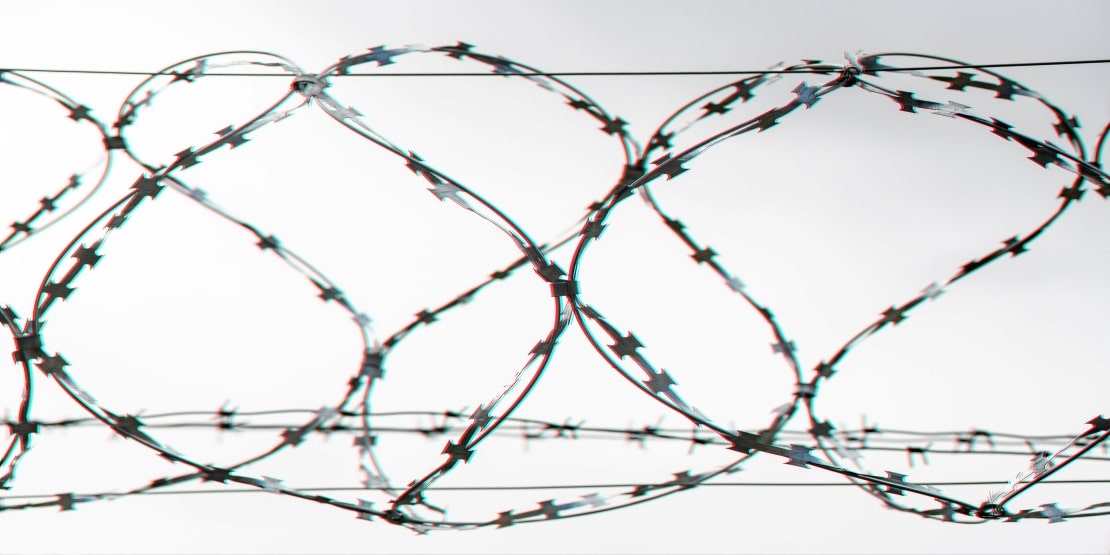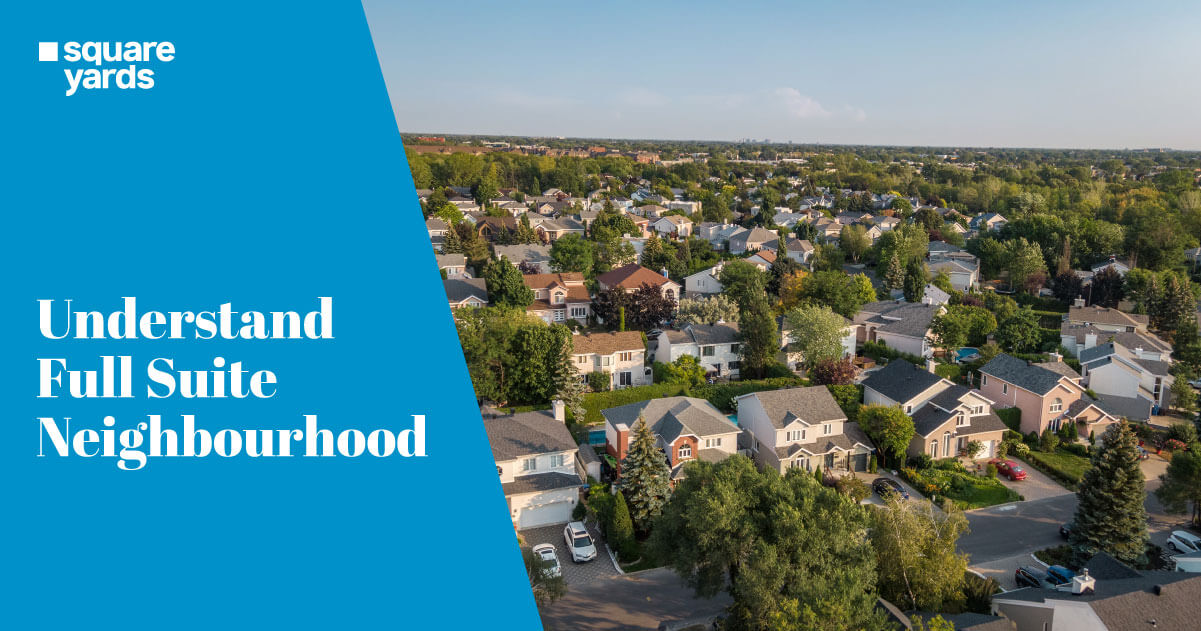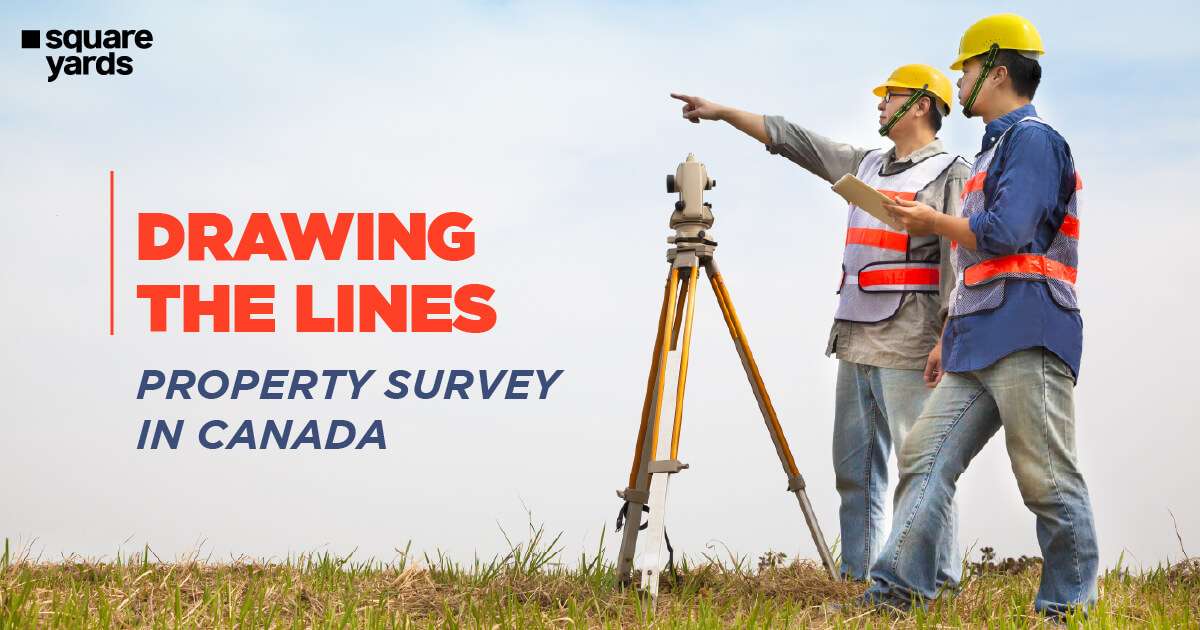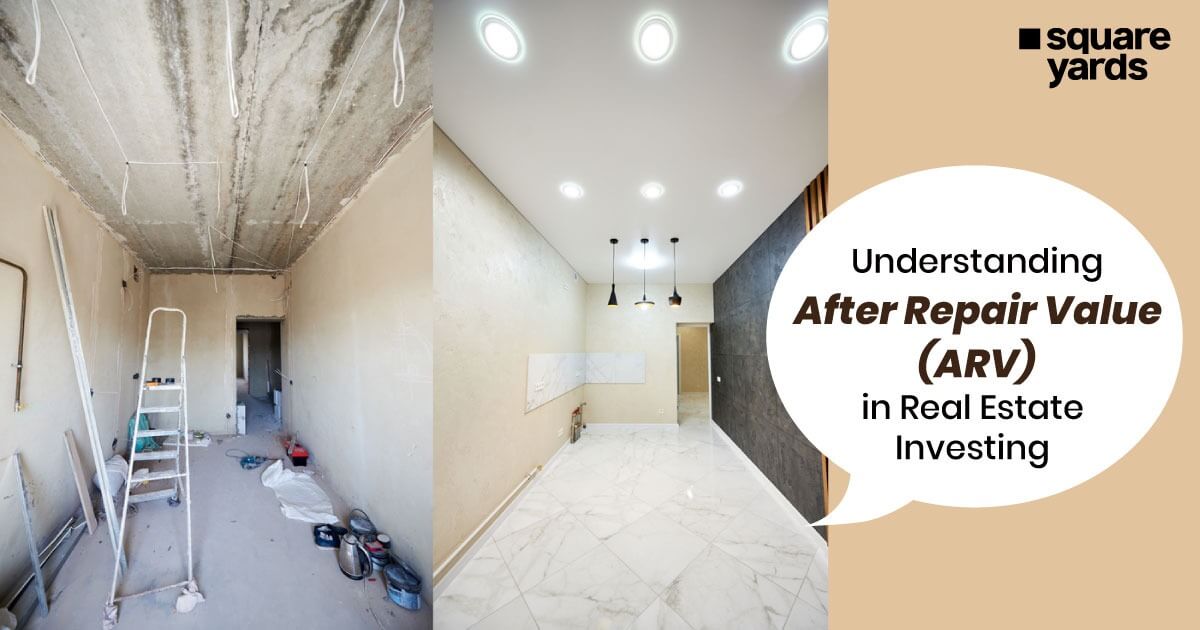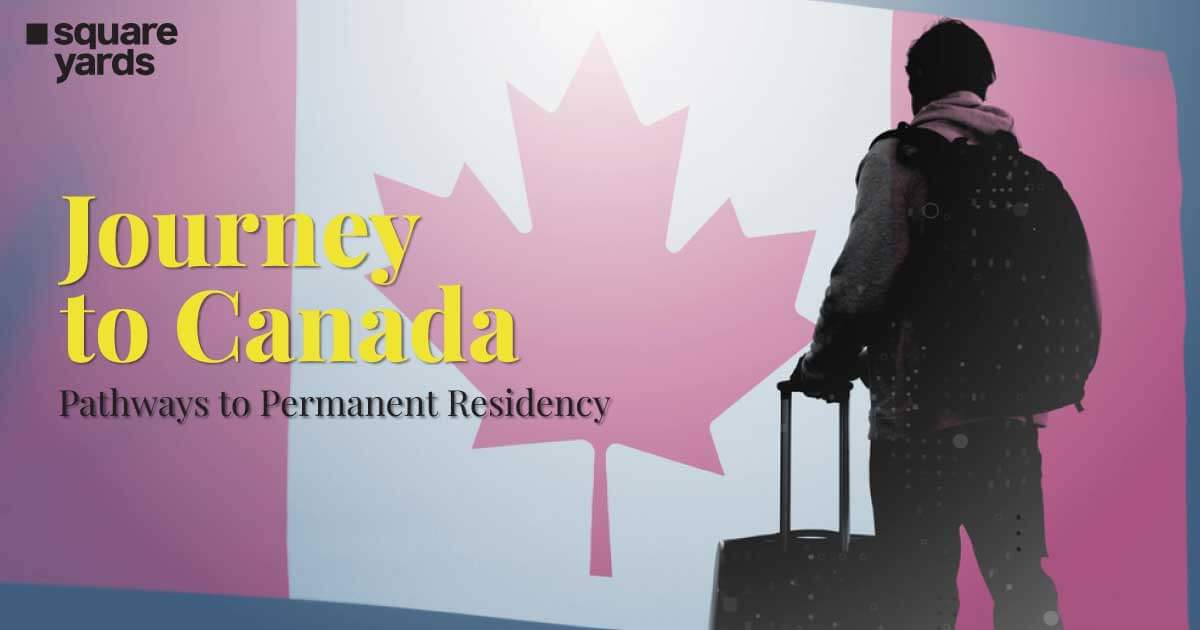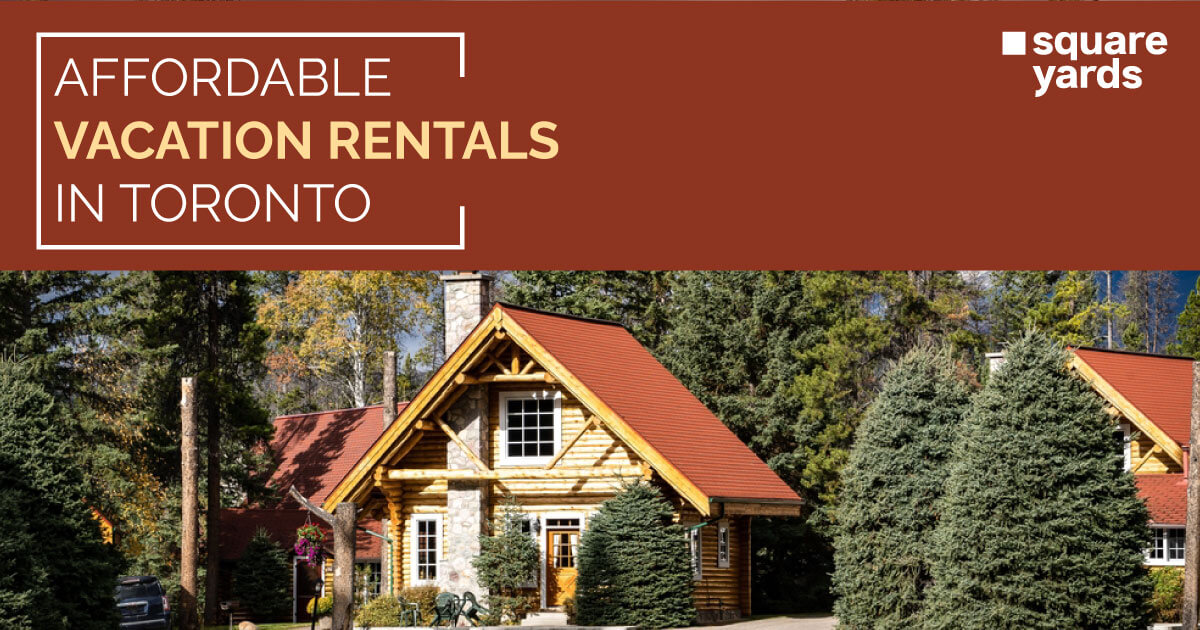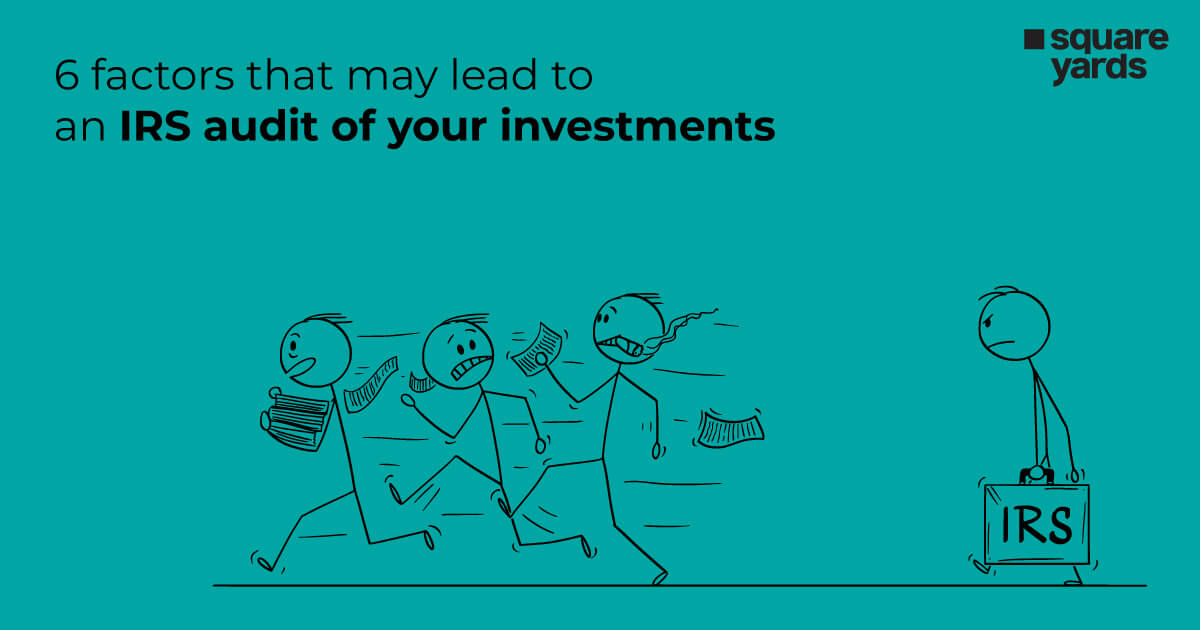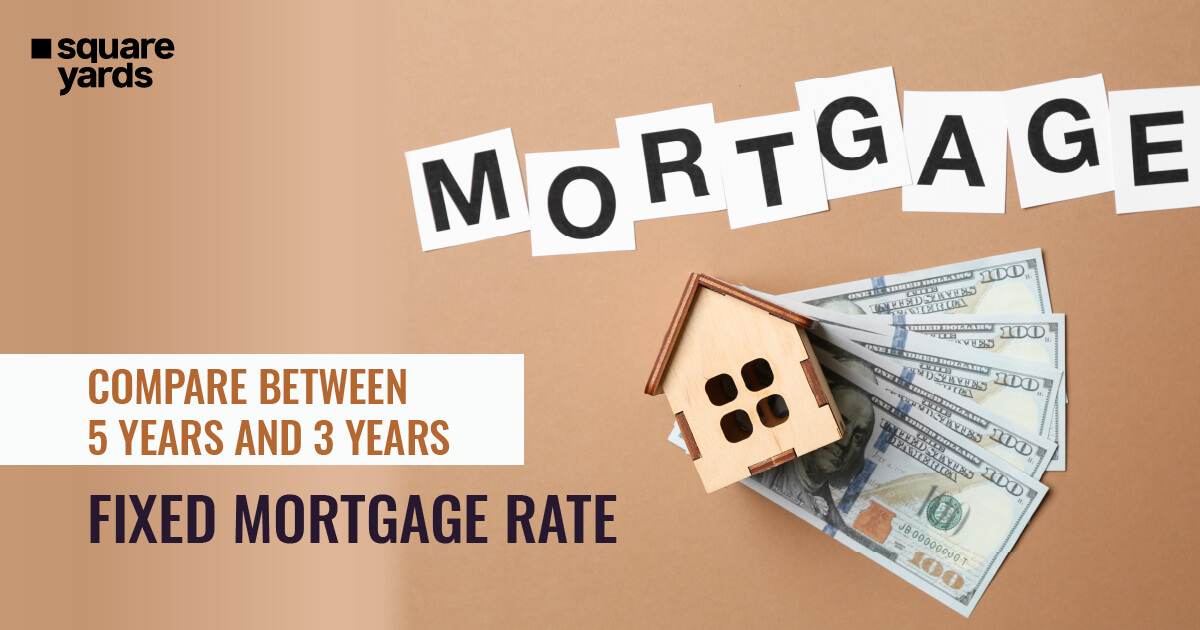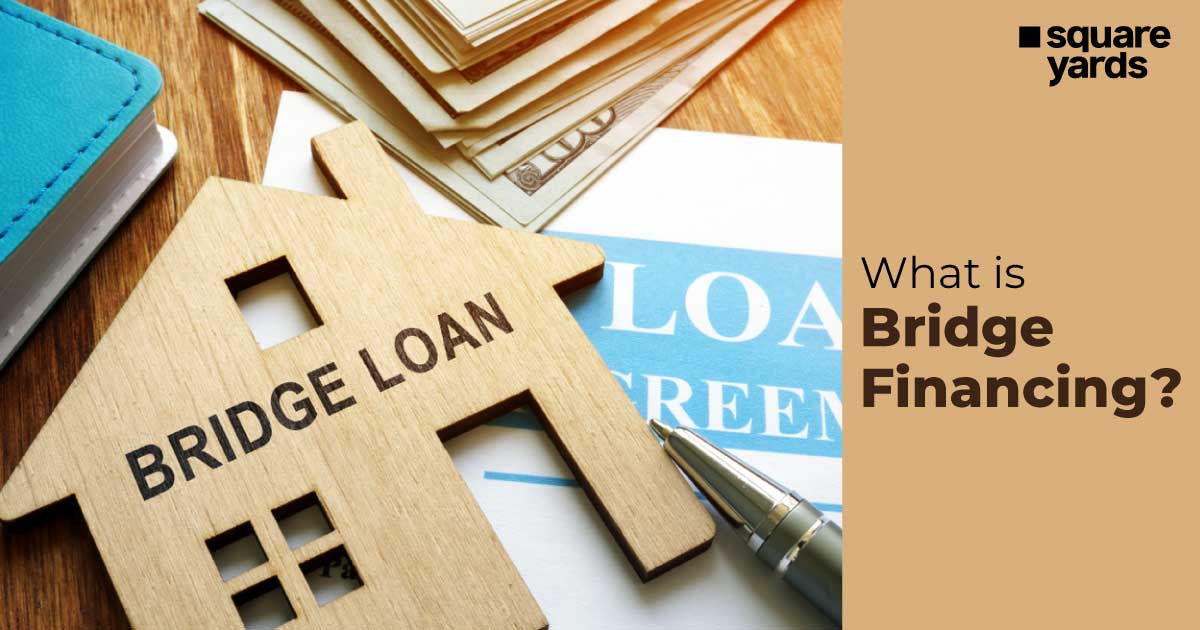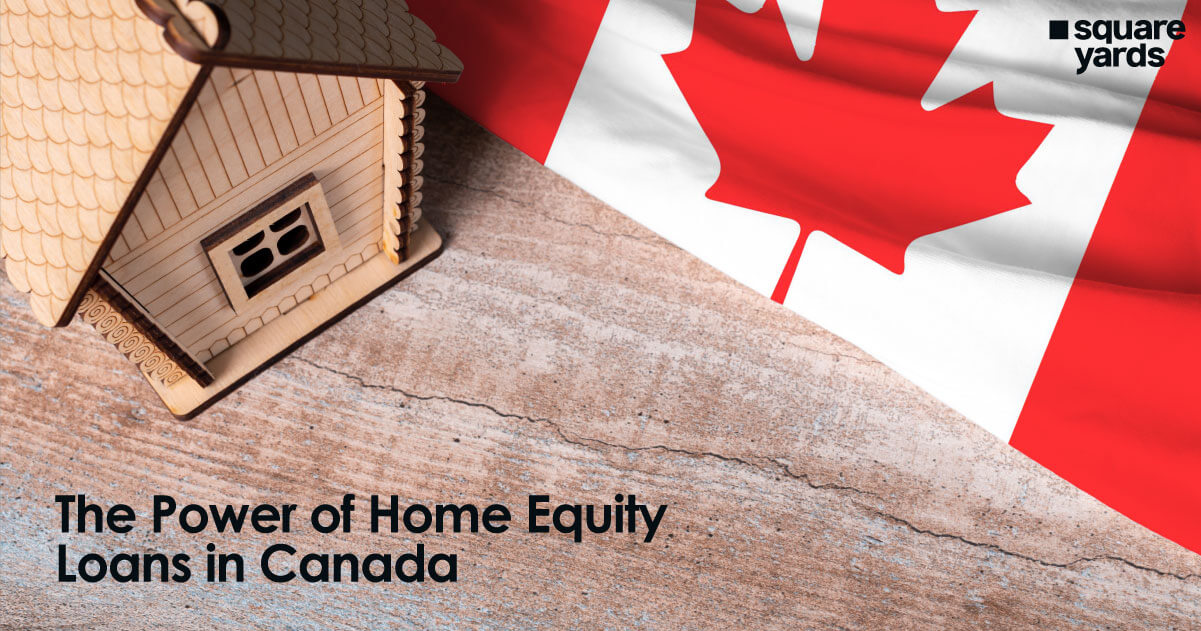Canada is a beautiful country to settle in. If you have a good job and are looking to purchase a property, you’ll find plenty of options here. All you need to do is consult a realtor and choose an option that fits your budget and family size. However, things aren’t that simple because property buying comes with many responsibilities. One such responsibility is knowing your home’s property lines.
Knowing where your property begins, and ends helps you avoid unpleasantness. But if you’re a first-time property buyer and aren’t aware of the importance of property lines, this article is for you. We suggest you have this a good read.
Significance of Property Lines in Canada
It is generally the real estate agent’s job to explain property lines to their clients. While most realtors in Canada do that, some simply overlook it, and that’s a warning sign. Don’t forget to ask your realtor about property lines if they happen to forget to share those details with you.
When you have a fair idea of your boundaries, the chances of disputes are fewer. It helps you prevent disagreements with neighbors, especially those that could lead to legal troubles. Property buying is a lengthy process, and a dispute is the last thing you would want to add to the list. Not being aware and installing something to your property that isn’t within your boundary may also result in a financial loss.
Even while applying for a loan, the lender or insurance company asks for property lines in Canada. They must create agreement terms and require mentioning property line details there. So, make sure you have the details as soon as you visit the property. Knowing exactly what you are getting (area-wise) makes the property buying process simpler.
How to Locate Your Property Lines?
There are multiple ways to find your property lines. These include:
Look for Markers
Most properties, especially those that are new, tend to have property line markers. Unless you specifically look out for them, these markers won’t be visible as soon as you enter the property. These markers may be in the form of stakes stuck to the ground. Once you spot them, you only have to follow them to find the boundaries.
Check the Map or Plat of your Property
Does your realtor have a cadastral map of the property you’re interested in buying? If so, you can check that to find property lines. A plot highlights not just your property’s boundaries, but also your neighbor’s so you can easily examine where your property begins and ends. If the realtor does not have the property plat, ask them to arrange it for you. It is a part of your property’s paperwork; you can also access it online or from your assessor.
Go Through Your Property Deed
As you may already know that a property deed is a legal document. It contains a word-by-word description of the entire property, including the property lines. However, if your act does not specify such details, you may have to refer to or look for an old deed of that property. Remember, an old deed may have features, landmarks and details that no longer exist. You will have to verify everything with the realtor or the previous owner.
Reach Out to a Surveyor
Get in touch with a surveyor for an updated and precise report of your property boundaries. The surveyor will be able to find out even if there’s a minor encroachment on your or your neighbour’s end. Once you have the report, it is up to you to decide whether you wish to buy the property. If the encroachment is on the neighbour’s end, you can choose to file a suit or have a direct conversation with them to resolve it.
Building a Fence on the Property Boundaries
After learning about property lines, one of the first things people ask is to build a fence on the property line. The answer is yes. You and your neighbour can build a fence on the property lines provided; you follow the necessary rules and regulations. In the case of Canadian property, these rules can be jurisdiction laws or deed restrictions.
A general rule of thumb is that the fence should be built 2-8 inches away from the neighbour’s property line. Experts advise not building fences directly on the property line leads to equal responsibility for the fence for both parties. And by responsibilities, they mean regular upkeep and costs. If you like the idea of building a fence but are not sure where to begin, just consult a realtor. A professional real estate lawyer will provide you with the right suggestions within the specific laws and regulations.
Deciding Your Property Lines
Happy neighbors make for a happy household. One way to ensure that you have a good relationship with your neighbors is by deciding your property lines. Yes, that’s possible.
There’s nothing wrong with agreeing on where your property lines are. It is a great way to avoid future disputes and problems. You can do this by hiring a land surveyor. Have the professional surveyor determine the exact property lines. Once determined, discuss the same with your neighbours and see if they have any concerns.
If they do, address them, and see if you can modify the property lines as per their satisfaction. The key is to make things easy to avoid complications in the future. Let the neighbours know if you don’t have any fences yet but plan to get them built later. Ask your neighbours if they have similar plans too.
After discussing everything, sign an agreement and stick to the decided property boundaries.
In a Nutshell
Being aware of your property lines allows you to ensure a healthy relationship with your neighbors. It helps you prevent getting into unwanted disputes or problems.
If you are not aware of locating your property lines, follow the tips mentioned above or use an online resource. You may also consult a real estate agent for a better understanding of accurate property lines and boundaries.
Make sure you confirm the exact boundaries before buying a property. This way, if you plan on installing a fence, swimming pool or other features to the property, you won’t violate any boundary issues or laws.
FAQs
It is an invisible line that markets the boundaries of a property. It helps identify the beginning and end of a property, so you know exactly what portion of the property belongs to you. Connect with an experienced land surveyor to determine your property lines.
When your neighbour builds something on your property, it is called encroachment. You can check it through a survey plan. And for that, you’ll have to hire a professional surveyor and have him create a survey report.
Many homeowners think that property boundaries are not an issue if the plan is to sell the property. This is wrong. If your property already has such an issue, you should resolve it before selling the property. Fixing it now is better than getting into trouble for it later and paying penalties.
Yes, you can locate your property virtually. There are various real estate tools and websites for it. If not, you can use Google Maps on your tab, mobile or desktop. Mention the property address in the search bar, hit search and zoom (+) into your property for the boundaries to appear.




